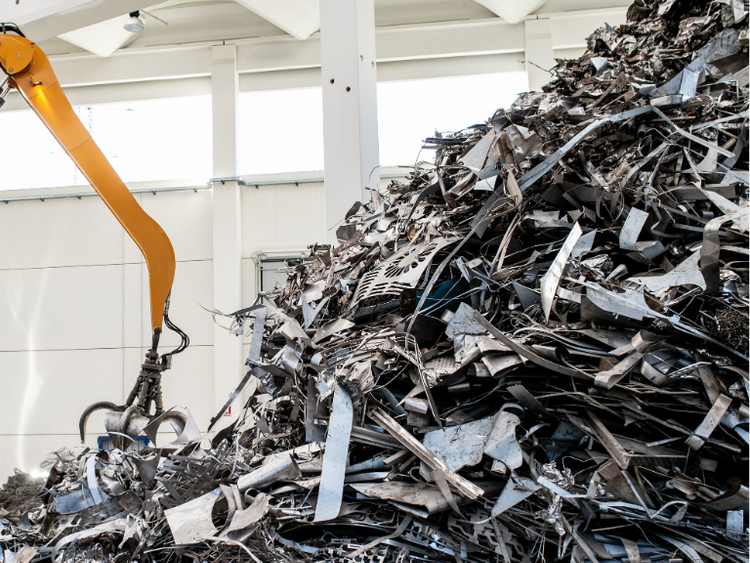Market

June 25, 2024
Oversupply and cautious demand in non-ferrous recycled metals market, revealed in RMU Sentiment Survey
Written by Gabriella Vagnini
Current trends and future projections in the non-ferrous scrap market
As the non-ferrous scrap metal market navigates through the complexities of supply and demand, recent survey responses reveal insightful perspectives on its current state and future trajectory.
Market balance and demand dynamics
The survey results indicate that the market remains largely imbalanced, with a significant majority of respondents noting an oversupply situation in the scrap market. While some stakeholders report a stable flow of scrap at reasonable spreads, the general sentiment suggests that the supply exceeds demand. This is echoed by comments highlighting that, despite no substantial increase in the demand for end products, the demand for scrap has surged, outpacing the available supply.
Demand for products
When it comes to demand for products, most respondents describe it as stable, although a few note a decline. The stability in demand is attributed to the ability to sell all scrap currently, but there is a cautionary note regarding the impact of rising interest rates, which are starting to drain demand. This stability, however, is fragile and could shift if economic conditions change significantly.
Obstacles in scrap flow and shipment
Several obstacles impede the proper flow and shipment of scrap, including the need for increased mill demand, better export volumes, and efficient sortation processes. Fluctuations in timing, price concerns, and the lack of confidence in the economy also contribute to the challenges faced by the industry. Proper segregation and the need for greater demand for new steel are recurring themes among respondents.
Supply sufficiency and export demand
Opinions on whether the U.S. and Canada have enough scrap supply to meet projected demand are mixed. While some believe the supply is sufficient for now, others express concerns about the availability of obsolete scrap and the impact of new plants coming online, which could increase scrap demand and strain supply. The effect of export demand on domestic prices is also a point of contention. Some respondents foresee an increase in domestic prices due to higher export demand, while others believe there will be no significant effect, as domestic demand alone cannot absorb the surplus.
Non-ferrous scrap shipments and price trends
Non-ferrous scrap shipments into facilities show a mixed picture, with some reporting stable levels while others see a decline. The future trend for non-ferrous scrap prices is also uncertain, with responses indicating a flat or slightly increasing trend, depending on the type of scrap and regional dynamics.
Challenges and Projections
The main obstacles to proper scrap flow include the need for increased mill demand and export volumes, sortation speed improvements, and economic stability. Looking ahead, respondents are divided on the future of non-ferrous scrap prices, with some expecting stability and others predicting a potential decrease due to fluctuating supply and demand dynamics.
Conclusion
Overall, the non-ferrous scrap market is navigating through a phase of oversupply with stable but cautious demand. Stakeholders are keeping a close eye on economic indicators, interest rates, and export volumes, which will play crucial roles in shaping the market’s trajectory in the coming months. As the industry adapts to these dynamics, strategic decision-making and proactive measures will be essential to maintain balance and ensure sustainable growth. View the full survey results here.
Add your voice to the discussion
Click here to participate in next month’s survey.





